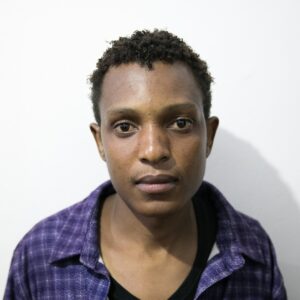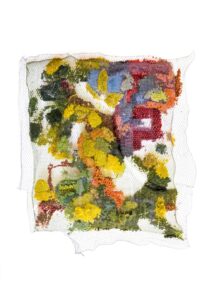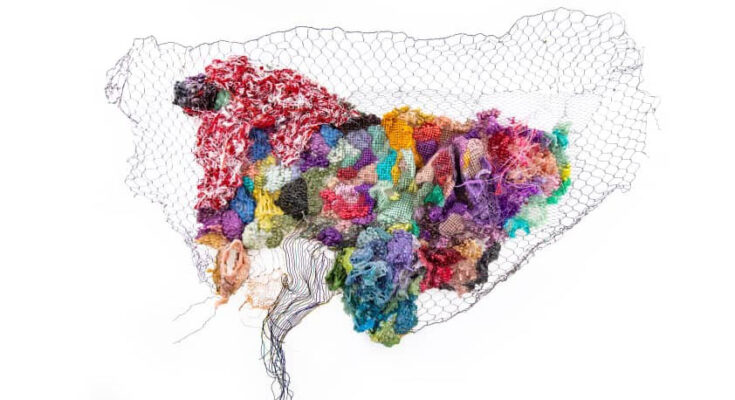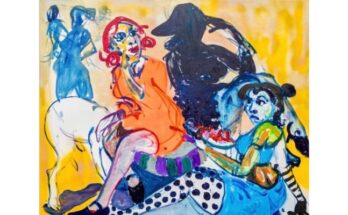Julio Rizhi’s ‘Chakafukidza’ exhibition
The local art scene has been dormant for months because of the Covid-19 pandemic but with some of the restrictions that were put in place to combat the spread of the virus being lifted, the industry is slowly coming back to life.
I don’t remember the last time I heard an exhibition announcement which is why I am excited about First Floor Art Gallery’s current instalment Chakafukidza by rising local artist and sculptor Julio Rizhi.


The exhibition features an attractive body of 12 medium to large size sculptures made from recycled molten plastic, plastic fibres, wire and wire mesh.
Chakafukidza is a Shona idiom which paints whole worlds in a word. The title comes as a shortened version of “Chakafukidza dzimba matenga”, a proverb, which literally translates with deceptive simplicity as ‘a roof covers what’s inside a home’.
While superficially overlapping with ‘don’t judge a book by its cover’ and concepts of ‘not wearing your heart on your sleeve’ and ‘saving face’, like many Shona proverbs chakafukidza describes the complex world and a philosophy around social, spatial, traditional, contemporary and historical relations.
Chakafukidza is a prompt for a nuanced interpretation of any and all phenomena, not judging events superficially, looking for and expecting deeper context to every phenomenon and how different phenomena can and do co-exist.
Given that background, Julio Rizhi’s exhibition looks at the complex social and historical layering that colours the many stories and legends of his neighbourhood in Mbare, Harare.
Mbare is an urban ‘port’ and one of the country’s most colourful, multicultural and notorious townships.
Like most “high density” areas of Harare, Mbare is overwhelming and its youth are growing up in a country full of potential but with many promises yet few established pathways for realizing the dreams of the young majority.
On the surface for some, a quick walk through Mbare can paint a picture of privation, crowding, pollution and decay.


A deeper look takes you through the old migrant labour movements, the rich revolutionary history, a crucible in which social and political tensions exploded and lastly a cradle of talent and ingenuity.
The Mbare that the artist wants us to focus on in his exhibition is one that is understood in the context of and recognised by the critical needs and possibilities of its future.
It is this urgency that underpins the complex and exhilarating beauty of Rizhi’s art works. Plastic is the universal symbol for pollution but Julio melts it and like molten plastic, the young people are vibrant, complex, beyond control and unpredictable.
“Younger generations often feel misunderstood and not treated seriously by the older generation, but deep inside they are full of potential, ideas and need to grow beyond the limitations of their neighbourhood and old ways of doing things which don’t match the new world they are growing up in,” says Rizhi.
“The plastic exploding through the wire mesh is about that energy.”
So does the vinyl rope cut lose and erupting into fountains of colour representative of the Zimbabwean flag in one of the works.
Chakafukidza is a story of both the beauty and wealth of potential and the urgency to realise it right under the roof of our house, Zimbabwe.
Gallery director Marcus Gora added, “I would like to congratulate Julio Rizhi on his current solo exhibition.
“The year 2020 has pushed us to see the edges of what is considered personal space, personal freedom and personal responsibility. The Covid-19 pandemic and the ensuing economic difficulties present new challenges on top of prevailing ones.
“Julio Rizhi’s Chakafukidza as an exhibition, shines the light on Mbare, urging us to take time to understand it, to listen to it, to be entertained by it, to value our space and place and how all that can transform and empower all of us.”





